Mercator said:
Great! But I don't think that's how it works in all cases.
Well, that's why I said, "at this stage".

However, based on the results of a few more tests (see below), it would appear that fertility values are only calculated during the 'build world' phase, with tile improvements, within or beyond city radii, having no effect. The game then applies a mask to the entire map, subtracting 8 points for tiles that lie near cities.
BTW, I checked the effect of Dusty's ADJUST algorithm and discovered that it only modifies the city's 21-tile zone, not the 45-tile zone. As a result, you may find the AI building new cities close to ones that existed prior to running MapCopy.
Mercator said:
Not that I'm asking you to test all this of course, unless you have nothing better to do.

Of course not, but being an idiot I decided to take a look at some of those issues anyway. Great way to spend a Saturday afternoon.

The following should answer a few questions:
Using the same example as my previous post, I constructed a second city within the first's 45-tile zone. The results are shown in the screenshot. All tiles within the new city zone took an 8-point hit, except those within the region of overlap, which experienced no further decrease.
Whether the city was built by an AI- or human-controlled civ, or belonged to the same civ or a rival one made no difference.
I then looked at the effect of irrigation on fertility. Again using the same example, tiles within the city's 21-tile zone were irrigated (conventionally, not via Cheat menu). It made no immediate difference values remained at 7. To test the effect of irrigation on tiles which are unaffected by cities, I used a random map. The tested tiles had initial fertility values in the range 12-14. There was no change there, either.
To test possible changes over a period of time, I started up an Original game at King level. Initial fertility values were as shown below. Unmarked tiles have zero values.
Two turns later the settler moved to a value-15 tile and constructed Thebes. As expected, the fertility values of all the tiles within the 45-tile zone dropped by 8 points.
I let the AI do its thing and by AD 1600 the map looked like this:
The values of some of the outer tiles dropped due to the presence of new cities, but those within Thebes' 45-tile zone remained unchanged, despite the presence of tile improvements. By AD 1950 the map looked like this:
There was no change at all in the fertility values from the previous 'snapshot' of the game. There are a couple of things worth pointing out: the tile immediately SE of Thebes has been transformed to plains by an engineer its value however remained zero. Another city was created just south of the screenshot (you can see the second orange flag). It was founded on a tile with a fertility value of 5 the pressures of overcrowding I guess. BTW, the Egyptians are getting the tripe beaten out of them in this game.
One last point: when a city is destroyed, either by an attack or disbanding via the Cheat menu, the 8 points are restored.

 I'm not familiar with that scenario (no MGE)... What things happen that don't fit in with the grass/plains rule? Does the AI build cities on terrain that isn't in the grass/plains slots? And if so, are you sure you didn't edit those squares with the cheat menu? The initial fertility values are only created when the map is loaded. E.g. if you change a grassland square to desert using the cheat menu, the AI will still build cities on it.
I'm not familiar with that scenario (no MGE)... What things happen that don't fit in with the grass/plains rule? Does the AI build cities on terrain that isn't in the grass/plains slots? And if so, are you sure you didn't edit those squares with the cheat menu? The initial fertility values are only created when the map is loaded. E.g. if you change a grassland square to desert using the cheat menu, the AI will still build cities on it.
 (so it's not just yours either)
(so it's not just yours either)

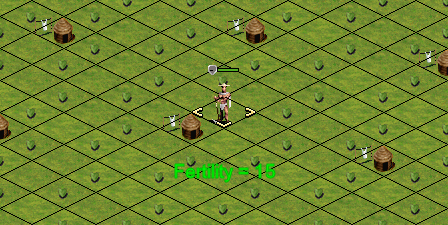
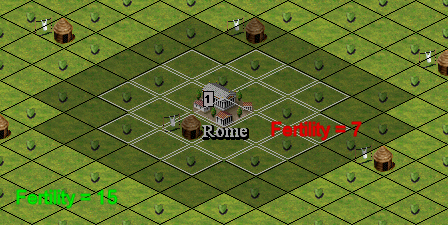
 The following should answer a few questions:
The following should answer a few questions: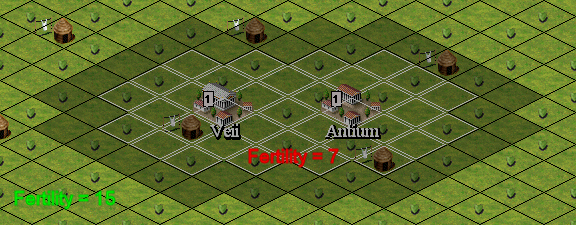
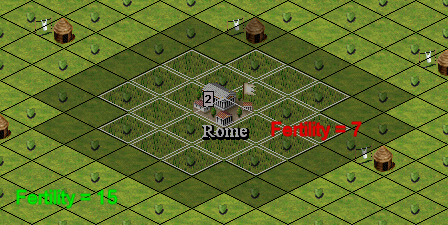
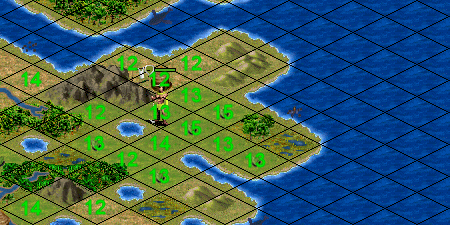
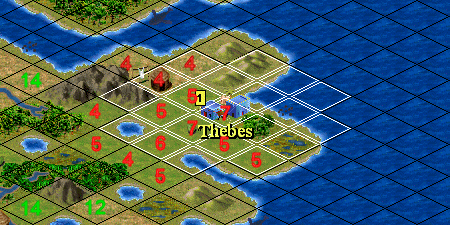
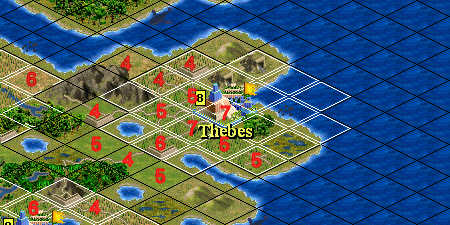
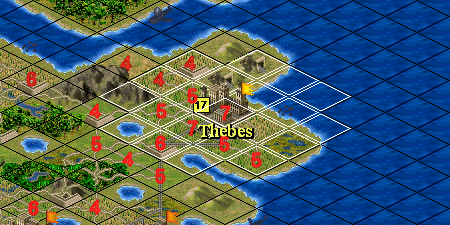
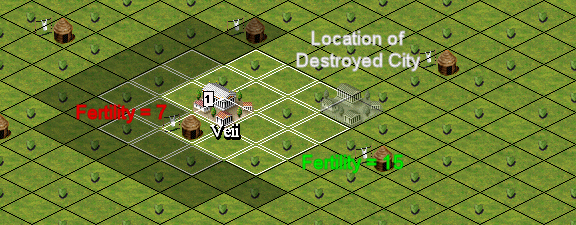
 With the spreadsheet I can effortlessly switch between maps, too. If I need to find a row of tiles, I just plug in the co-ordinates of the leftmost tile, get my offset and move along the row in the hex-editor. If I want to move to a tile in the next row, I can use Jump (6 x map width). BTW, this is the formula I use in Excel (for ToT 1.1 only):
With the spreadsheet I can effortlessly switch between maps, too. If I need to find a row of tiles, I just plug in the co-ordinates of the leftmost tile, get my offset and move along the row in the hex-editor. If I want to move to a tile in the next row, I can use Jump (6 x map width). BTW, this is the formula I use in Excel (for ToT 1.1 only):